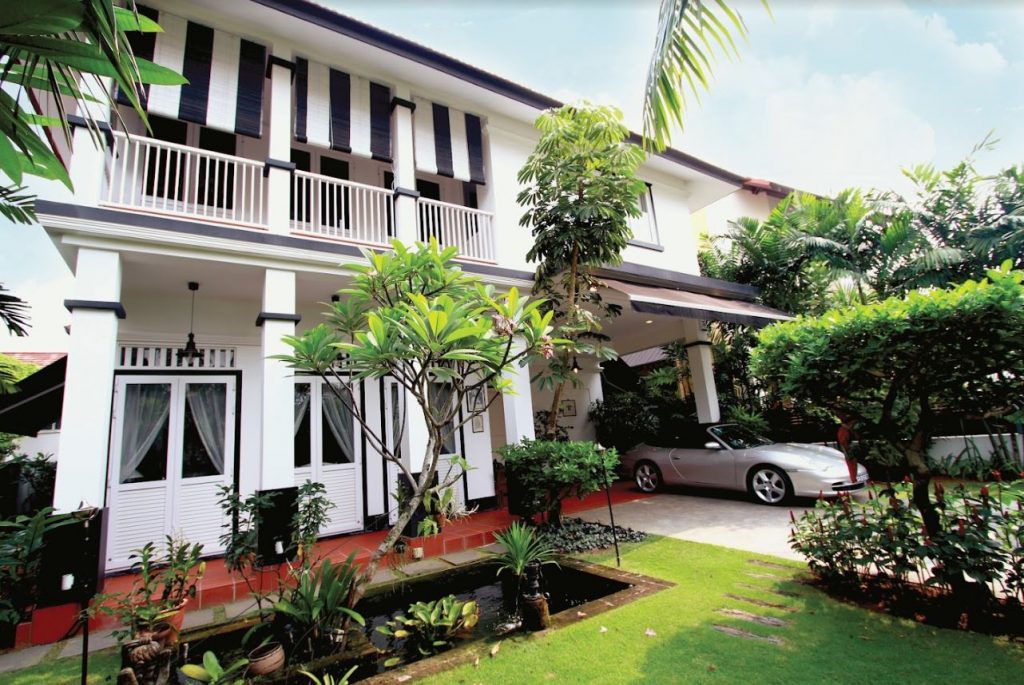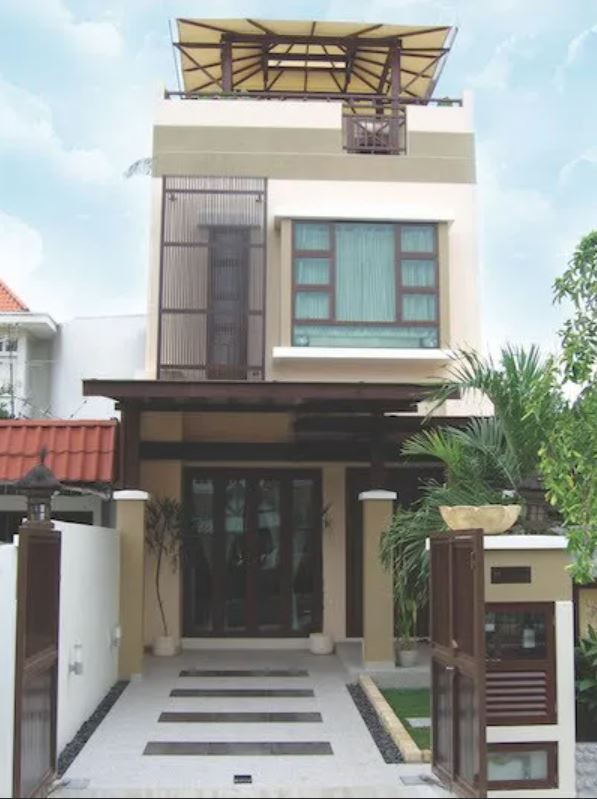
The current landed property market in Singapore is experiencing its prime time. While many Singaporeans dream of owning a landed property, the crème de la crème of the private housing market, the demand for these homes shows no signs of abating despite The Business Times reporting that prices rose to 8.4 per cent at the end of 2022.
Prospective homeowners who intend to scout different landed properties in hopes to build or reconstruct their dream home should take note of the points covered by Brian Kow (below), Co-Founder and Managing Director of Nic & Wes Builders.
With over two decades in the design-and-build industry, Brian understands how imperative it is for homeowners to select a suitable land for them to build a home that serves as a sanctuary and accommodates their work and lifestyle choices.
 While prospective homeowners may feel exuberant and try to rush the process of selecting a suitable plot of land, Brian cautions homeowners to keep a level head when deciding whether to secure the property.
While prospective homeowners may feel exuberant and try to rush the process of selecting a suitable plot of land, Brian cautions homeowners to keep a level head when deciding whether to secure the property.
Brian shares three tips that he uses to help first-time buyers who are looking to purchase their private residential property :
While a rectangular plot of land is considered a favourable shape according to Classical Feng Shui, another nifty benefit is that they are less challenging in design. The rectangle-shaped land would give homeowners more options to elevate their homes creatively or inject practicality.
2. You’ll lose if you zone out here
Prospective homebuyers should pay close attention to which zone their landed property of interest falls under based on URA Zoning Master Plan.
Depending on the location, certain residential areas are subjected to zoning height restrictions, limiting the number of levels homeowners can build within the subjected plot. For homeowners wishing to maximize the land they’ve purchased fully, Brian recommends buying properties within the 3-storey zone. This will enable homeowners to build up to 3-storeys and add an attic to maximize the land bought.
As global warming rages and weather patterns grow erratic, CNA reported that back in April 2021, about 90% of Singapore’s average monthly rainfall fell over three hours in the western part of the country. Brian cautions prospective homebuyers to take note if their desired plot is situated in a problematic area, such as a flood or ponding zone, or infested with pests such as Aedes mosquitos.
 3. Spot the flaws
3. Spot the flaws
Experiencing a tour around the house and land would invoke a sense of excitement for most homebuyers. While it is customary to pay attention to the layout as they are contemplating how to revamp or upgrade the existing structure, it is also imperative for homebuyers to keep their eyes peeled for any flaws.
Brian shares three undesirable markers to look out for when surveying homes on landed property :
* Check along the ceiling and walls to spot any signs of water leakage. Inspect closely for any signs of rainwater causing stains, water spots or discolourations due to the leak from the roof or exposed slabs (roof terrace, balconies). * Head to the bathrooms and look for any sanitary or sewage issues that may cause concern. Ensure to check along the exposed pipes or false ceiling of rooms located below the bathrooms to ensure no leakage. * Some of the landed property homes have been around for quite some time, and unfortunately, their electrical wiring has also aged along with the home. Unfortunately, the electrical capabilities may not match the current demands of today, with many old houses still functioning on single-phase. Modern-day electrical requirements are expected to power up fibre optics, wifi, smart systems, elevators, car charging points and more. Brian shares that a minimum upgrade to a 3-phase 63 amp would be a starting point.While he sympathizes that certain flaws might be hard for buyers to look out for, for example, if the previous owner concealed leak marks with a fresh coat of paint. He urged buyers to practice due diligence when surveying the private property to avoid footing any additional cost once the building phase begins.












